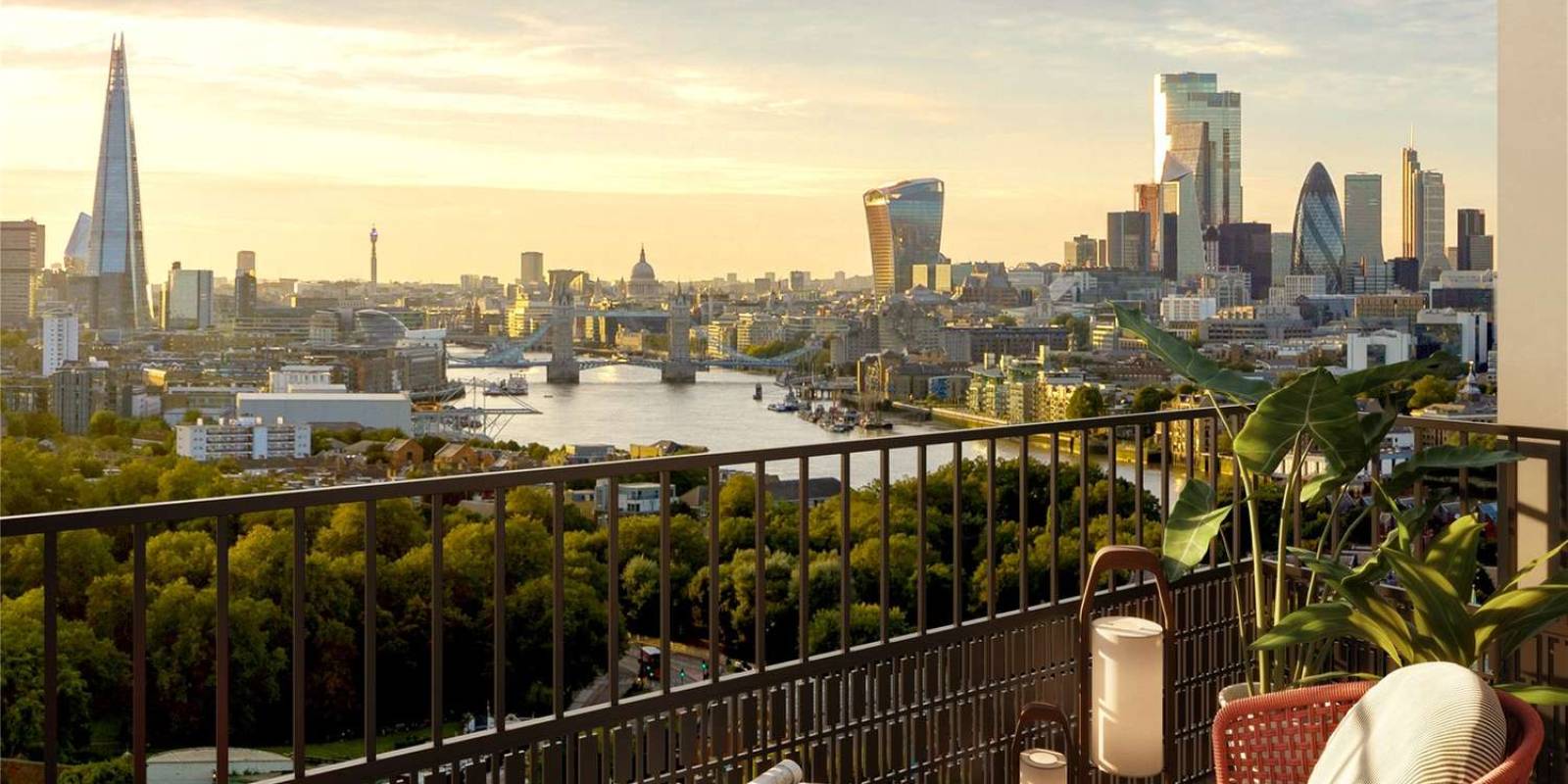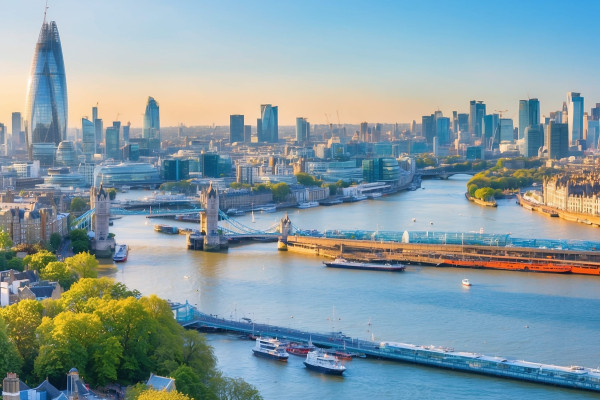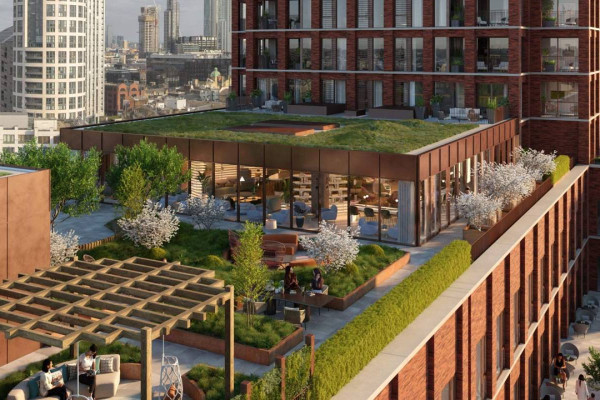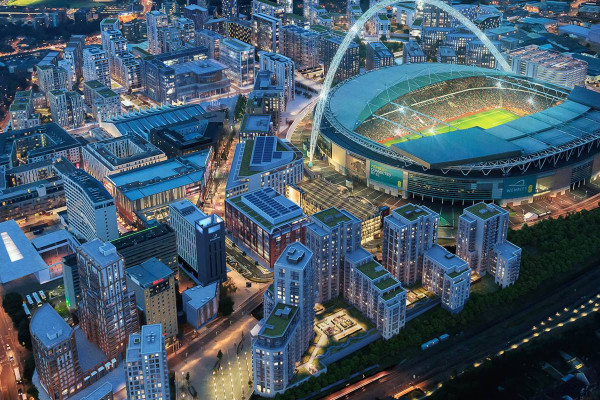
Pioneering Sustainable Building Techniques for the Modern UK Home
As the global community becomes increasingly conscious of environmental sustainability, the UK's construction industry is spearheading a revolution in housebuilding. This movement is driven by the urgent need to reduce the sector's substantial carbon footprint, which accounts for a significant portion of global emissions.
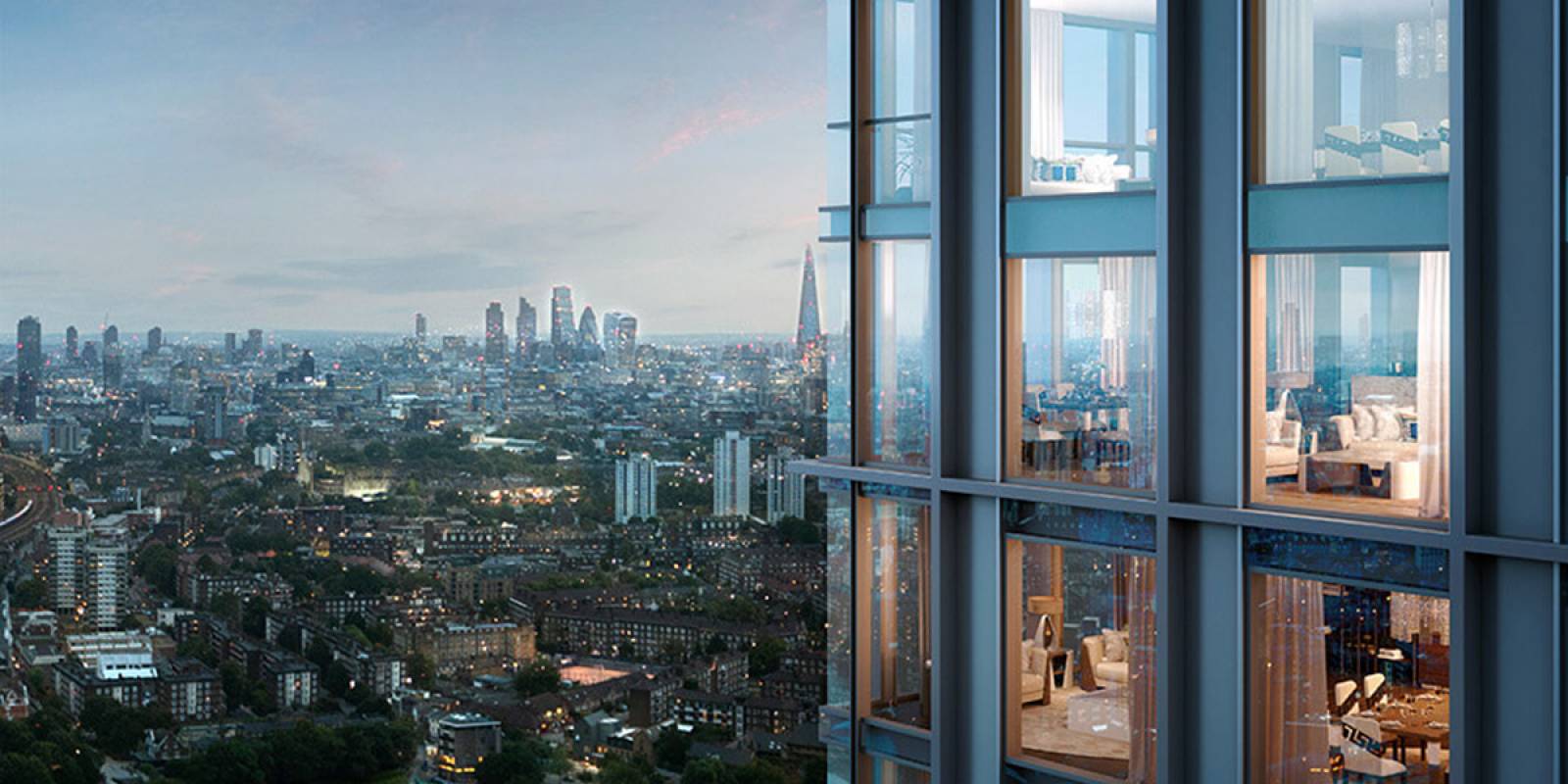
With the UK government's commitment to achieving a net-zero economy by 2050, innovative building techniques and materials are being adopted to create homes that are not only environmentally friendly but also ready to meet the demands of the future.
Current situation
The construction industry is undergoing a significant transformation, aiming to align more closely with environmental sustainability goals. The Construction Industry Council reports that manufacture activities and the built environment are responsible for 38% of the world’s carbon emissions.
With a goal set by central governments worldwide to achieve a net zero economy by 2050, the emphasis on sustainable practices in housebuilding has never been more critical.
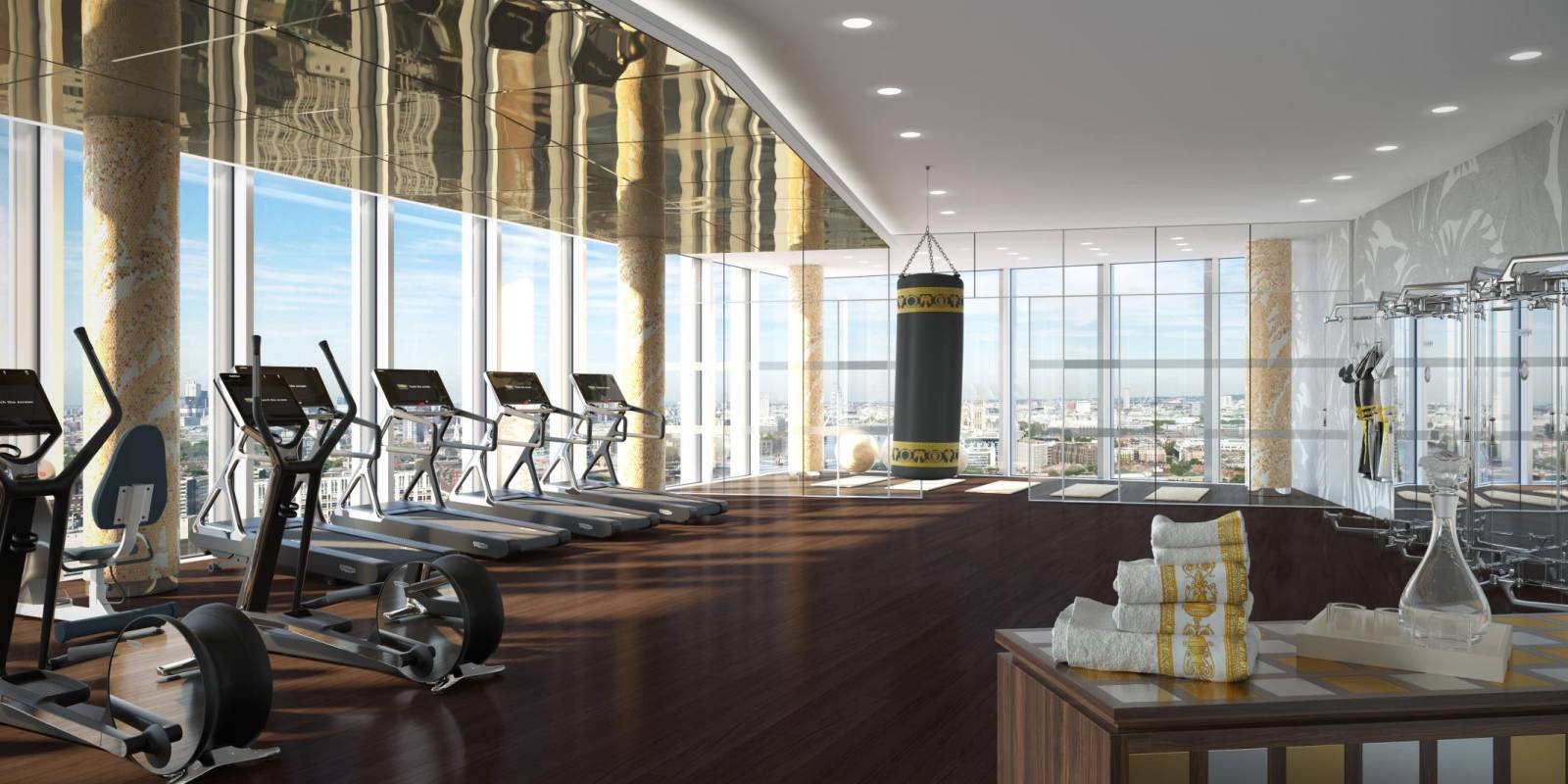
Traditionally, the production of materials like clay bricks, steel, and concrete has been a major source of carbon emissions within the industry. However, there's a shift towards developing and utilizing materials that leave a lower carbon footprint for the construction, upkeep, and operation of buildings.
Projects showcased on platforms like 1newhomes are leading the charge by prioritizing energy efficiency and reducing emissions, thereby creating homes that not only have a minimal environmental impact but are also designed to meet future challenges head-on.
The Ruby
True to Avanton's unique approach, the Ruby project is designed with the community as its focus, incorporating extensive public spaces including a park at the core of the development.
This development by Avanton will emphasize pedestrian convenience, offering car parking exclusively for disabled spaces. This is made possible by the introduction of a creative car club alongside an integrated Enterprise Rent-A-Car service.
Additionally, the building will feature bicycle storage facilities and a social hub dedicated to bike repair and maintenance.
Technological Advancement
Technological innovation is at the forefront of this industry shift. The rapid advancement of technology is ushering in new building methods and operational efficiencies that promise a greener future for housing.
This includes the adoption of solar energy systems, rainwater collection setups, passive temperature regulation designs, and both ground and air source heat pumps that leverage renewable energy sources. Furthermore, the integration of digital tools and automation is streamlining the construction process.
Kew Bridge Gardens
Every element of our brand-new, energy-efficient homes at Kew Bridge Gardens has been meticulously planned to simplify your life! These new homes adhere to the highest environmental standards and are up to 60% more economical to operate compared to older properties.
3D printing is revolutionizing the way buildings are constructed by minimizing waste and accelerating the process. Meanwhile, Building Information Modelling (BIM) technology is enhancing collaborative efforts across the construction sector, optimizing resource use, and significantly cutting down on waste and costs.
Innovations like solar skin technology are transforming renewable energy by providing a flexible, aesthetically pleasing alternative to traditional solar panels. This thin layer of photovoltaic cells can be adapted to various surfaces, offering a more attractive and efficient solution for generating green energy.
New construction techniques
The push towards innovative construction methodologies is gaining momentum, with both national government support and local authority endorsement enhancing the adoption of prefabricated and modular building strategies to accelerate the creation of new homes.
This method revolves around the production of building elements in a factory setting, followed by their assembly at the construction site. Such a process not only minimizes carbon emissions but also diminishes waste generation. Crafting components in a controlled factory environment elevates the standard of establishment quality and facilitates the incorporation of eco-friendly and recyclable materials.
This approach not only lowers the energy embedded in construction materials but also trims down energy usage in the completed structures, marking a significant step towards sustainable construction practices.
Alperton Yard
The project’s dedication to sustainability is highlighted through the inclusion of 2,400 sq. m. of light industrial maker spaces, a communal 'makers yard,' and a net increase in biodiversity.
It is projected to attain a remarkable 57 percent decrease in regulated carbon emissions, exceeding the 2013 target of 55 percent.
New materials
In the pursuit of eco-friendly construction, a diverse array of sustainable building materials has emerged, characterized by their resilience and minimal environmental impact. These innovations include:
Cross Laminated Timber (CLT)
CLT represents a renewable construction material known for its robustness. By cross-stacking wooden planks at perpendicular angles and fusing them with safe glues, CLT presents a viable alternative to traditional building materials like concrete and steel, playing a significant role in carbon capture and offering versatile applications in constructing walls, floors, and roofs.
Recycled Steel
Embracing recycled steel not only diminishes the carbon footprint associated with its production but also conserves finite resources.
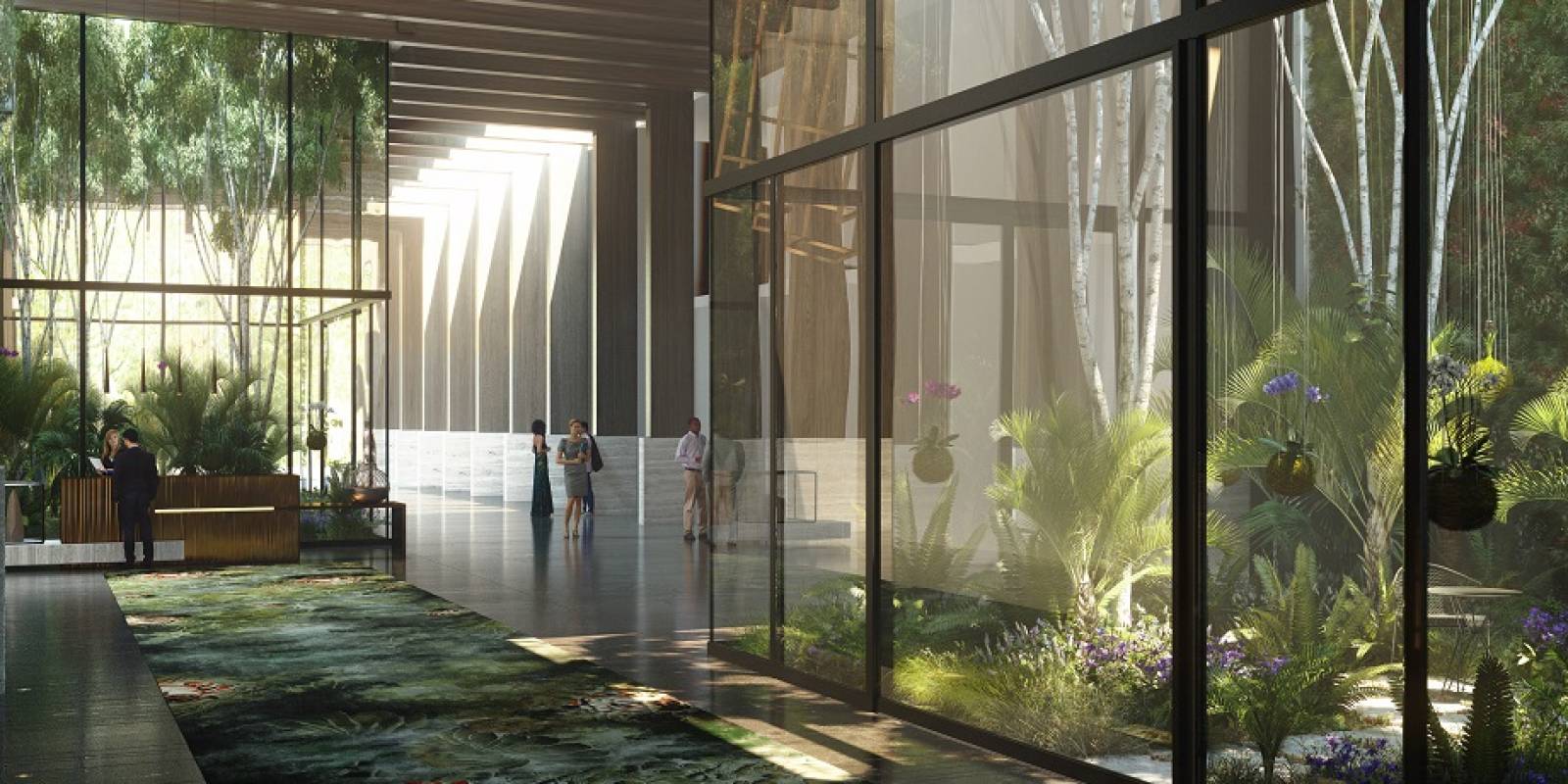
As the most recycled substance globally, steel is pivotal in advancing towards a sustainable, circular economy, highlighting the material's efficiency and recyclability.
Insulating Concrete Forms (ICFs)
Constructed from recycled components such as polystyrene or polyurethane foam, ICFs serve in development reinforced concrete walls. This method slashes energy use, cuts down on heating and cooling expenses, and boosts energy efficiency.
ICFs replace traditional materials like plywood in wall creation, featuring an H-shaped design that encases concrete within insulating layers, simplifying construction and improving structural integrity, air quality, sound insulation, and cost-effectiveness.
Eco-Friendly Brick Alternatives
Hempcrete Bricks
Derived from the hemp plant, these bricks are notable for their carbon-absorbing capabilities. Hemp thrives in various environments, cutting down on transport-related emissions. These bricks, suitable for non-load-bearing walls, regulate indoor climate, provide excellent sound insulation, and are fire-resistant, all while maintaining a low carbon footprint due to their energy-efficient production.
Hartopp Point & Lannoy Point
The new residences will feature advanced energy-efficient technologies that meet the council’s goals for sustainability, providing occupants with comfortable, eco-friendly living environments.
Additionally, a significant portion of these homes will be allocated specifically for local residents, guaranteeing that community members have access to affordable housing options.
Gent Waste Brick
This innovative tool, made from 63% recycled waste and cured without high temperatures, captures atmospheric CO2, reducing carbon footprint over time. Durable and less carbon-intensive compared to traditional clay bricks, it offers a sustainable construction solution.
Polymer Bricks
These bricks are crafted from recycled materials, eliminating the need for mortar. Ongoing research aims to produce them from discarded cooking oil and industrial by-products, suggesting a promising future for this lightweight, durable material.
The Founding
This 35-storey building, a central piece of the sprawling 53-acre Canada Water masterplan, was designed by Allies+Morrison and built by Wates. It hosts The Founding, which offers 186 net-zero apartments with interiors designed by Conran & Partners.
The development also features Three Deal Porters, a fully electric building that provides modern workspaces and retail spaces on the ground floor.
Fly Ash Bricks
Utilizing fly ash, a by-product of thermal power plants, these bricks offer an eco-friendly alternative to clay bricks. They are lighter, stronger, and reduce the need for plastering, cutting down construction costs.
By preventing fly ash from ending up in landfills and featuring a production process with a minimal carbon footprint, these bricks contribute to sustainable building practices.
K-BRIQ
Comprising at least 90% recycled construction waste, K-BRIQs are produced through an energy-efficient process without the need for high-temperature firing.

These bricks are suitable for both indoor and outdoor use, offering high strength, excellent thermal properties, and a significantly reduced carbon footprint compared to traditional clay bricks.






